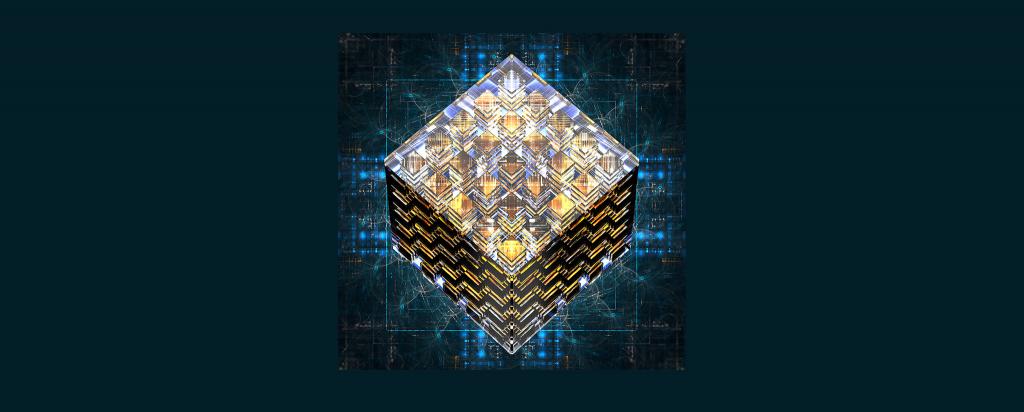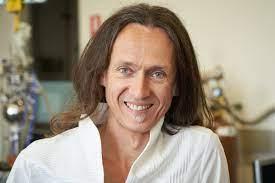

Quantum information and quantum foundations with donors in silicon
| Date |
Fri 11 Feb at 11.00am - Fri 11 Feb at 12.00pm
|
| Cost |
No cost
|
| Venue | Online event |
| Login | |

Webinar: Quantum Computing
Dopant atoms in silicon are a versatile platform for experiments in quantum information processing, as well as quantum foundations. The electron [1] and nuclear [2] spin of a 31P donor were the first qubit demonstrated in silicon and went on to become among of the most coherent qubits in the solid state, with coherence times exceeding 30 seconds [3], and quantum gate fidelities approaching 99.99% [4].

Andrea Morello
Centre for Quantum Computation & Communication Technology,
School of Electrical Engineering & Telecommunications
UNSW Sydney, Australia
In this talk, Scienta Prof Andrea Morello of the University of UNSW will present the state of the art and future directions for donor spins in silicon. For quantum information, the current focus is on multi-qubit operations, scale-up and fault tolerance.
Prof Morello and his associates have demonstrated an exchange-based 2-qubit CROT gate for electron spins [5], using a device in which they implanted a high dose of 31P donors. Future experiments will focus on using deterministic, counted single-ion implantation, for which they have recently demonstrated the capability to detect an individual ion with 99.85% confidence [6].
With nuclear spins, the UNSW team has achieved the landmark result of universal 1- and 2-qubit logic operations with >99% fidelity, and prepared a 3-qubit GHZ entangled state with 92.5% fidelity [7]. The Morello group has also demonstrated the coherent electrical control of an electron-nuclear flip-flop qubit [8], which will greatly facilitate the integration of single-atom qubits in nanoelectronic devices.
Heavier donors possess a high nuclear spin quantum number, which can be used to study quantum chaos in a single quantum system [9].
Chaotic dynamics must be understood and controlled for the correct operation of quantum computers and quantum simulators [10]. In the process of operating a single 123Sb nucleus, UNSW researchers (re)discovered the phenomenon of nuclear electric resonance, and applied it for the first time to a single nuclear spin [11]. This provides yet another pathway to scale up and integrate donor-based quantum technologies.
Zoom link
Webinar ID 893 3788 7237
Passcode 28086
[1] J. Pla et al., Nature 489, 541 (2012)
[2] J. Pla et al., Nature 496, 334 (2013)
[3] J. Muhonen et al., Nature Nanotechnology 9, 986 (2014)
[4] J. Muhonen et al., J. Phys: Condens. Matter 27, 154205 (2015)
[5] M. Madzik et al., Nature Communications 12, 181 (2021)
[6] A. Jakob et al., Advanced Materials, doi:10.1002/adma.202103235 (2021)
[7] M. Madzik et al., Nature 601, 348 (2022)
[8] G. Tosi et al., Nature Communications 8, 450 (2017)
[9] V. Mourik et al., Physical Review E 98, 042206 (2018)
[10] L. Sieberer et al., NPJ Quantum Information 5:78 (2019)
[11] S. Asaad et al., Nature 579, 205 (2020)